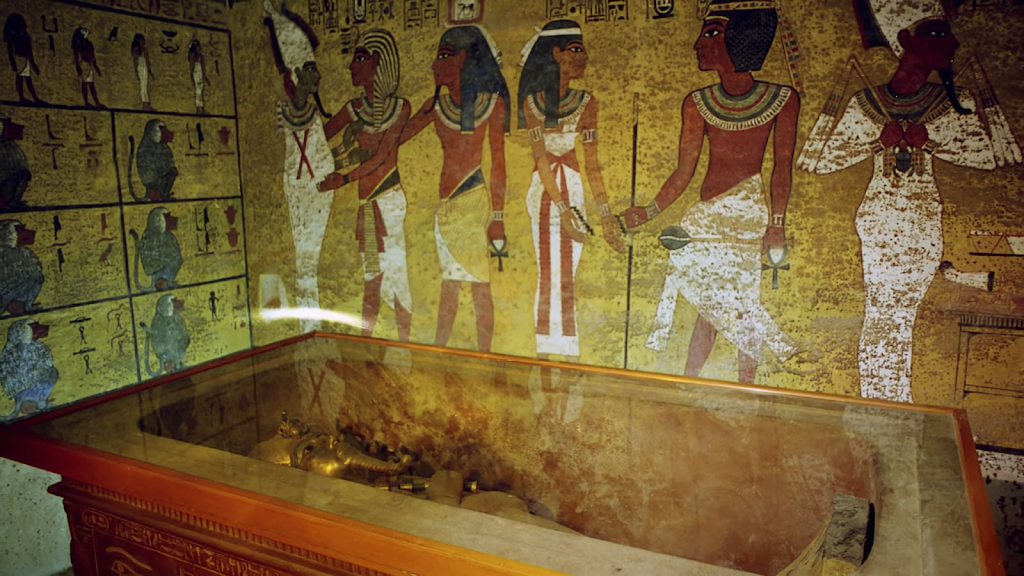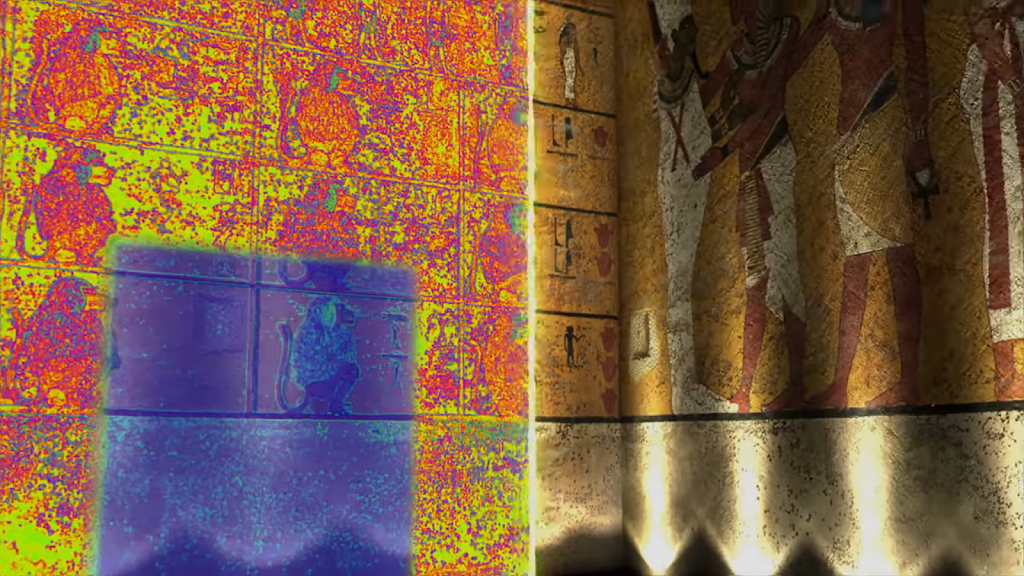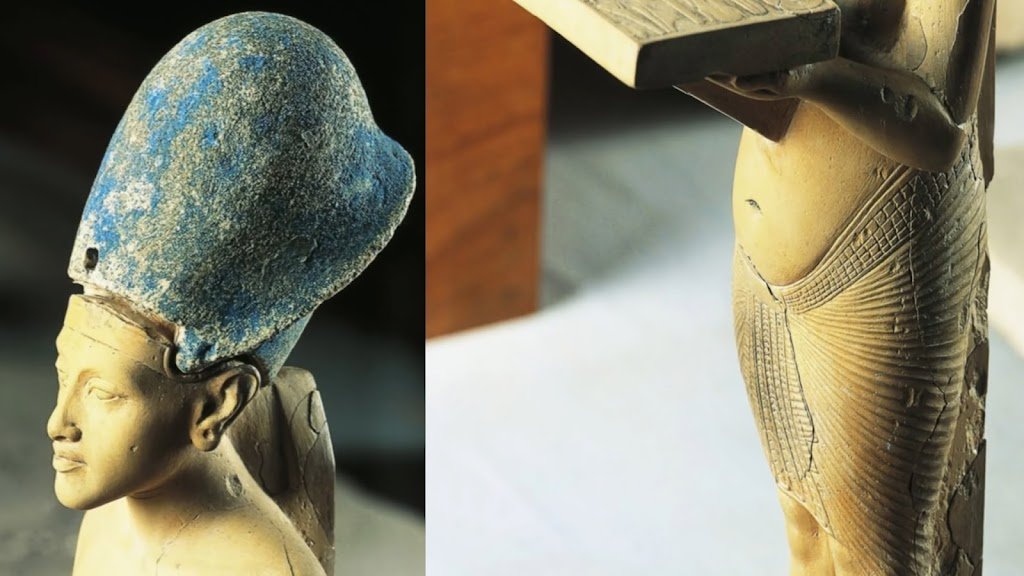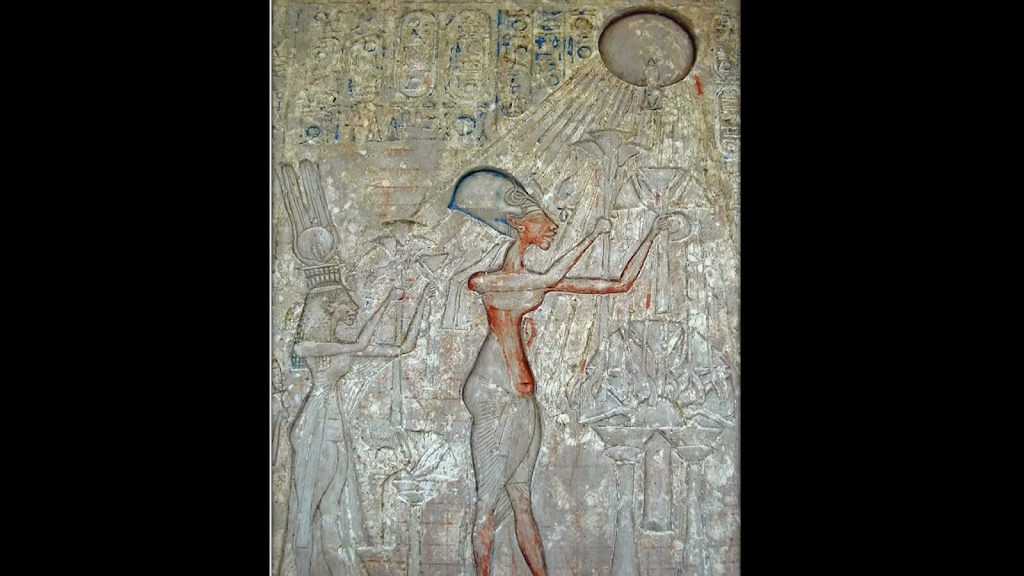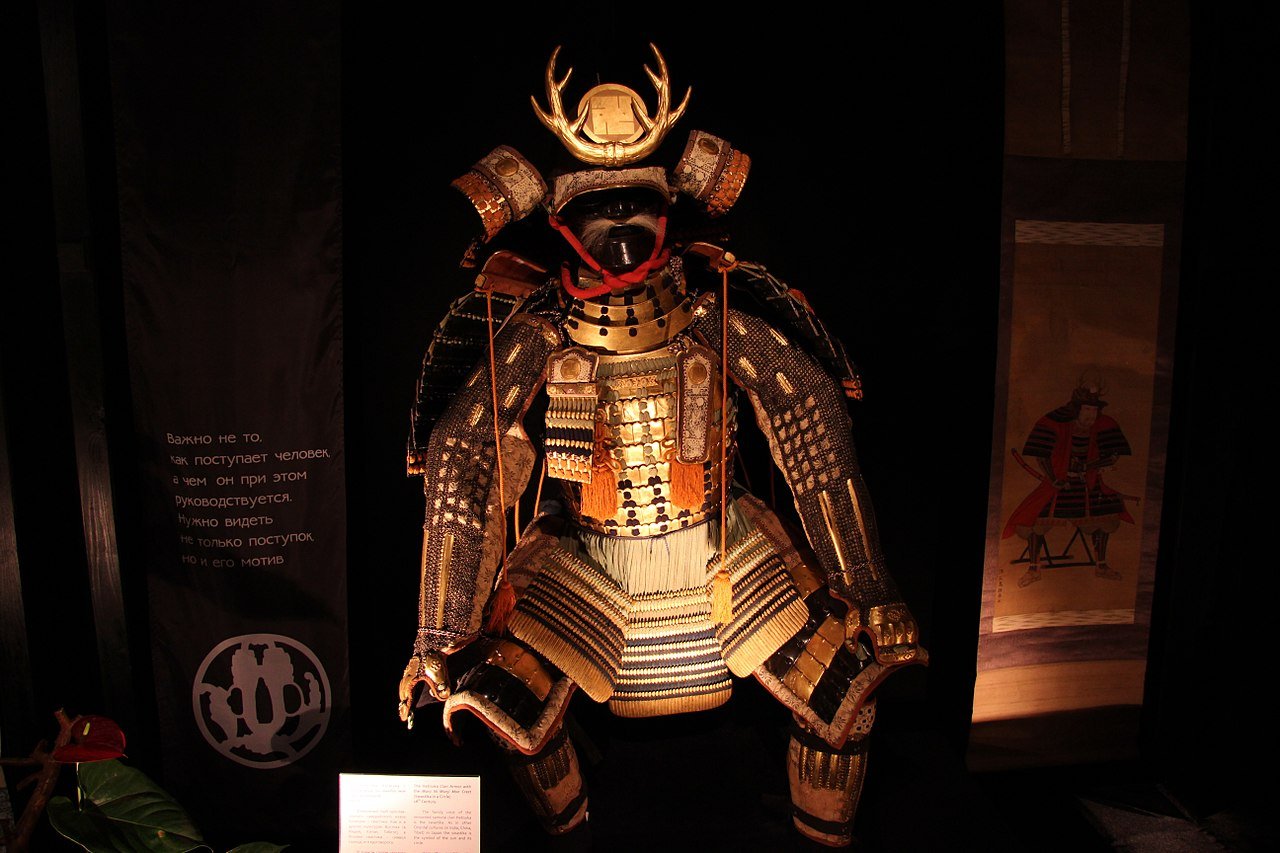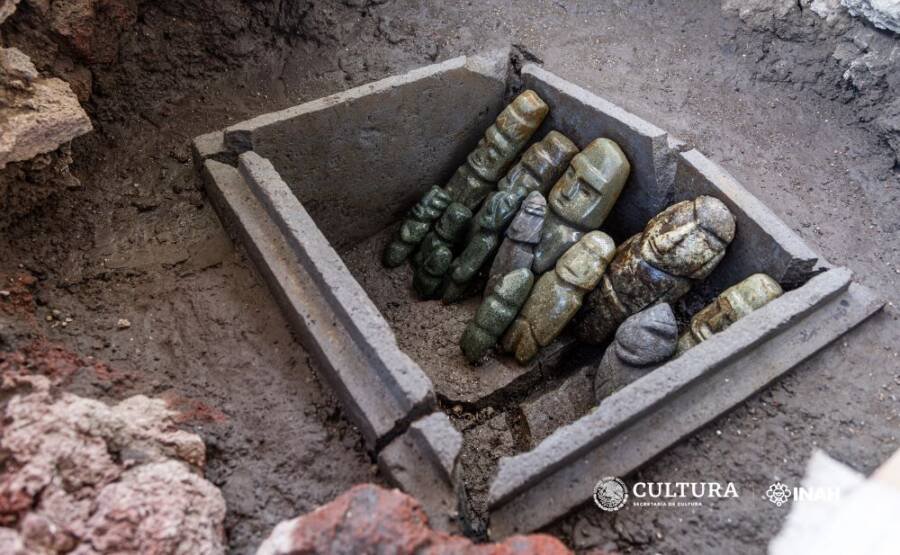The tomb of the world-famous Pharaoh Tutankhamun is located in Luxor, Egypt. It was discovered in 1922. It remained completely intact and had been preserved for over 3,000 years. It is considered one of the most important archaeological finds ever made. About a century later, new evidence reveals that the final resting place of King Tut may have been much more than what is visible.
Let’s find out what it is,
Nicholas Reeves, a British-Egyptian scientist, conducted a high-resolution scan of the tomb on September 28, 2015. There they found something remarkable. It is the possibility of two hidden passages to connected directly to King Tut’s burial chamber. Then they recruited a Spanish company to scan Tutankhamun’s tomb and replicate it. By scanning these high-resolution photographs, Reeves noticed cracks in the north and east walls of the burial chamber, indicating that there was a door. So there are two possible chambers.
Reeves took his laser images to Dr Mamdouh Eldamaty, Egypt’s Minister of Antiquities. Then they both decided to continue this investigation. They used thermal scanning, which tells you the exact density of the wall at every part. According to these data, they have confirmed that another passway or chamber has been found behind the tomb of King Tutankhamun. Therefore, it is necessary to look for any more hidden treasures beyond the painted walls. (I also found reports that this was untrue. But this cannot be said accurately without testing.)
But Reeves had a theory about this.
He believes that this may have been the passageway to the tomb of Queen Nefertiti, the wife of Pharaoh Akhenaten, who ruled in the 14th century BC. Reeves speculates that this tomb was actually designed for Nefertiti. But suddenly Tutankhamun inherited Nefertiti’s tomb.
This is the reason. This Tutankhamun’s tomb is very unusual. It is quite small compared to the other pharaohs. All the great kings (pharaohs) of the 18th dynasty had amazingly large tombs with storage rooms and chambers. But Tutankhamun’s tomb, if it is his tomb, is very modest.
But Why is Nefertiti’s tomb hidden beyond King Tut’s tomb?
Ancient astronaut theorists believe that there may be a profound reason for this. They believe that Queen Nefertiti does not belong in this world. Because there is no clear evidence of Nefertiti’s parents. Also, many of her pictures show her with an elongated head.
The ancient Egyptian gods had longer heads than us, and according to the pyramid texts, sometimes, they left Earth, and then they returned again. So Nefertiti’s parents maybe extraterrestrials.
King Akhenaten and his wife were completely different from other ancient Egyptian kings. King Akhtanatan was always depicted with an elongated skull, a bigger-sized hip and a belly that draws over his belt. He believed that he wasn’t a man, that he wasn’t a woman, and that he wasn’t a king. He’s just something else. The most unusual feature here is the elongated skulls. There is a lot of discussion about what these skulls mean, whether they are literally elongated skulls, or whether they are just decoration features. It is certainly very interesting. 🙂
During the reigns of Akhenaten and Nefertiti, they introduced to Egypt a new and controversial monotheistic faith. It is the worship of Aten, the disk-shaped sun god. Aten was described as a flying sun disk. Egyptologists say that this is nothing but the sun. But the question is, can the sun give you instruction from different disciplines? And the answer is no. So we need to look at whether our ancestors were exposed to technology and whether it was misinterpreted as something of nature.
We will find out about this in future articles.


